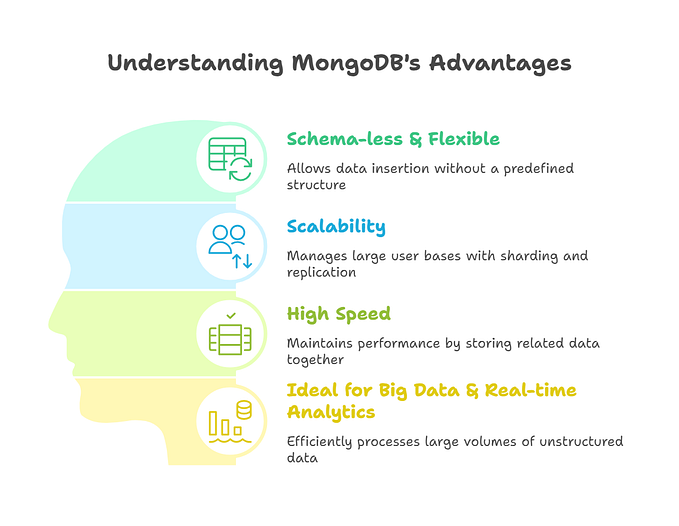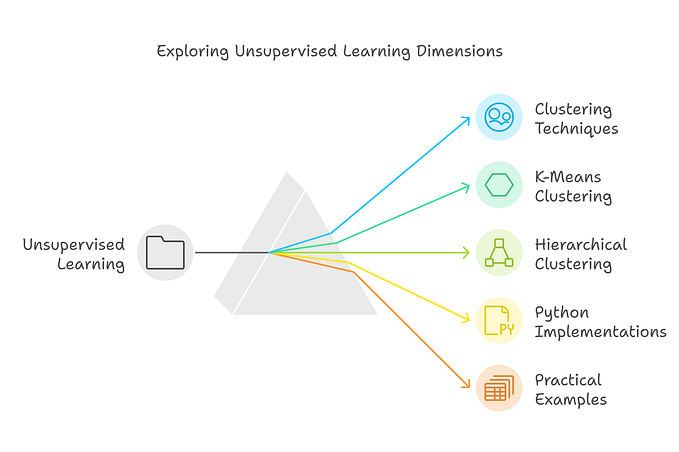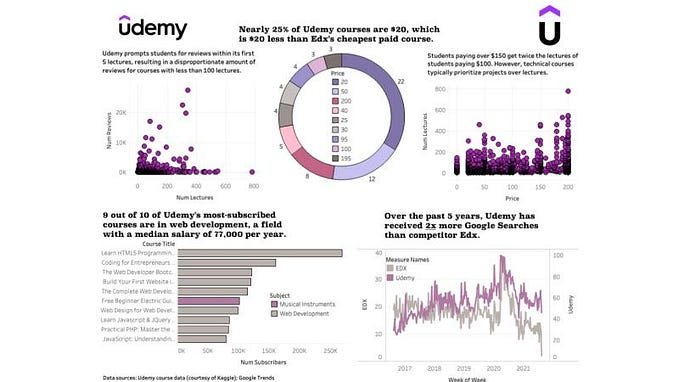Roadmap to Become a Successful Data Scientist: From Zero to Hero
In today’s data-driven world, data science is more than just a buzzword. It’s a field that allows professionals to make sense of massive amounts of data, derive insights, and drive strategic decisions across industries. The demand for skilled data scientists has soared, offering lucrative career opportunities, creative challenges, and impactful work. If you’re aiming to become a data scientist, here’s a roadmap to guide you from beginner to expert, equipping you with the skills, tools, and mindset needed for success.

1. Building a Strong Foundation: Start with the Basics
Mathematics & Statistics
Data science is rooted in mathematical principles. Here are some key areas to focus on:
- Linear Algebra: Understand vectors, matrices, and transformations; these are crucial for understanding data structures.
- Calculus: Learn concepts like differentiation and integration, especially for optimization in machine learning algorithms.
- Probability & Statistics: Cover probability distributions, hypothesis testing, and statistical significance, which are essential for making data-driven decisions.
Example: Suppose you’re analyzing customer behavior on a website. By using probability and statistical significance, you can determine whether changes in the website layout lead to an increase in user engagement.
Programming (Python & R)
- Python is popular for data science due to libraries like Pandas, NumPy, and Matplotlib.
- R is another strong choice, especially for statistical analysis and visualization.
Example: Use Python’s Pandas library to clean and analyze data:
import pandas as pd
# Load dataset
df = pd.read_csv('data.csv')
# Display top 5 rows
print(df.head())2. Mastering Data Exploration and Visualization
Before jumping into machine learning, it’s essential to understand the data. Data exploration involves cleaning and transforming data to make it usable.
Data Cleaning
Data often comes with missing or inconsistent values. Cleaning data ensures accuracy in analysis.
- Use Pandas for handling missing values, outliers, and duplicates.
Data Visualization
Visualizing data uncovers hidden patterns and trends. Libraries like Matplotlib and Seaborn in Python are powerful tools for this.
Example: Visualizing the distribution of sales across different regions using Python.
import matplotlib.pyplot as plt
import seaborn as sns
# Plot data
sns.histplot(df['sales'])
plt.title('Sales Distribution by Region')
plt.show()3. Learning the Basics of Machine Learning
Machine learning (ML) is at the heart of data science. Here’s a breakdown of key concepts:

Supervised vs. Unsupervised Learning
- Supervised Learning: The model learns from labeled data to make predictions. Examples include regression and classification tasks.
- Unsupervised Learning: The model identifies patterns in unlabeled data. Examples include clustering and dimensionality reduction.
Key Algorithms
- Linear Regression: Predicts a continuous value (e.g., predicting house prices).
- Decision Trees: Used for classification tasks (e.g., spam vs. non-spam emails).
- Neural Networks: Good for complex tasks like image and speech recognition.
Example: Predicting house prices using linear regression.
from sklearn.linear_model import LinearRegression
# Initialize model
model = LinearRegression()
# Fit model to data
model.fit(X_train, y_train)
# Predict values
predictions = model.predict(X_test)4. Building Data Engineering Skills
Data science isn’t just about analysis; it also involves managing data pipelines, especially when handling large datasets.
Data Pipelines & ETL
- ETL (Extract, Transform, Load): These processes allow data scientists to pull data from various sources, clean it, and prepare it for analysis.
- Tools: SQL for querying databases, Apache Spark for handling big data, and cloud platforms like AWS, Azure, or GCP for storage and computation.
SQL for Data Manipulation
SQL is essential for extracting, transforming, and loading data in databases. Use SQL to fetch relevant data and join tables.
Example: Querying a database for sales data over the past year.
SELECT product_id, SUM(sales) AS total_sales
FROM sales_data
WHERE sale_date > '2023-01-01'
GROUP BY product_id;5. Advancing with Deep Learning and Natural Language Processing (NLP)
Once you have a solid grasp of ML basics, dive into more advanced areas like deep learning and NLP.
Deep Learning with Neural Networks
Neural networks, particularly deep networks, can model complex relationships in data, ideal for tasks like image classification.
- Frameworks: Use TensorFlow or PyTorch for building deep learning models.
Natural Language Processing (NLP)
NLP allows machines to understand and respond to human language. Techniques include tokenization, sentiment analysis, and named entity recognition.
Example: Building a sentiment analysis model to categorize customer feedback as positive or negative.
6. Building Real-World Projects and a Portfolio
Practical experience is key to becoming a successful data scientist. Working on projects allows you to apply your skills and build a portfolio to showcase to potential employers.
Suggested Projects
- Customer Segmentation: Using clustering to group customers based on purchasing behavior.
- Predictive Maintenance: Analyzing sensor data to predict equipment failure.
- Sentiment Analysis on Product Reviews: Categorizing reviews to gauge customer satisfaction.
Portfolio Tips:
- Share projects on GitHub, highlighting problem statements, methodology, and results.
- Document your work well and include visualizations and code explanations.
7. Networking and Staying Updated
Data science is rapidly evolving, and networking is invaluable for staying current, finding mentors, and sharing insights.
Join Communities
- LinkedIn & Twitter: Connect with professionals and join discussions on trends.
- Conferences: Attend data science events or webinars to learn and network.
Continue Learning
Follow blogs, read research papers, and take part in competitions on platforms like Kaggle to hone your skills.
8. Preparing for Job Interviews and Landing Your First Role
Once you’re ready to start your job search, prepare effectively for interviews:
- Technical Skills: Be ready to demonstrate your programming, ML, and analytical skills.
- Project Showcase: Discuss your projects in detail, focusing on the impact and challenges.
Example Interview Questions:
- “How would you handle missing data in a dataset?”
- “Explain a project where you applied a machine learning model and its impact on business decisions.”
Resume Tips
- Emphasize your technical skills and real-world projects.
- Mention relevant tools, programming languages, and frameworks you’re proficient in.
Conclusion
Becoming a successful data scientist is a journey of continuous learning, experimentation, and growth. By following this roadmap, you’ll be well-equipped to transition from beginner to expert, building a career that’s as rewarding as it is impactful. Embrace the process, stay curious, and enjoy the journey into the exciting world of data science!








